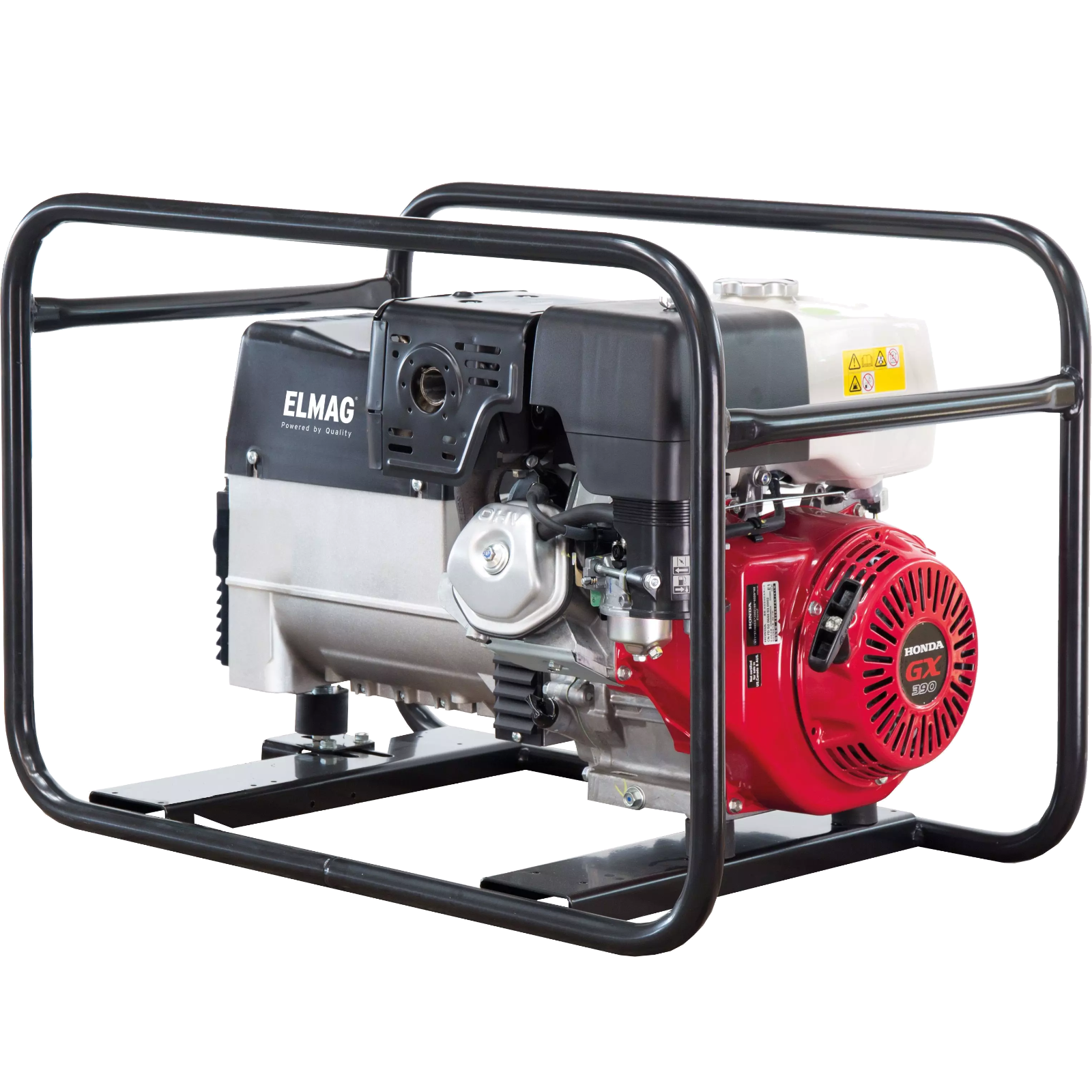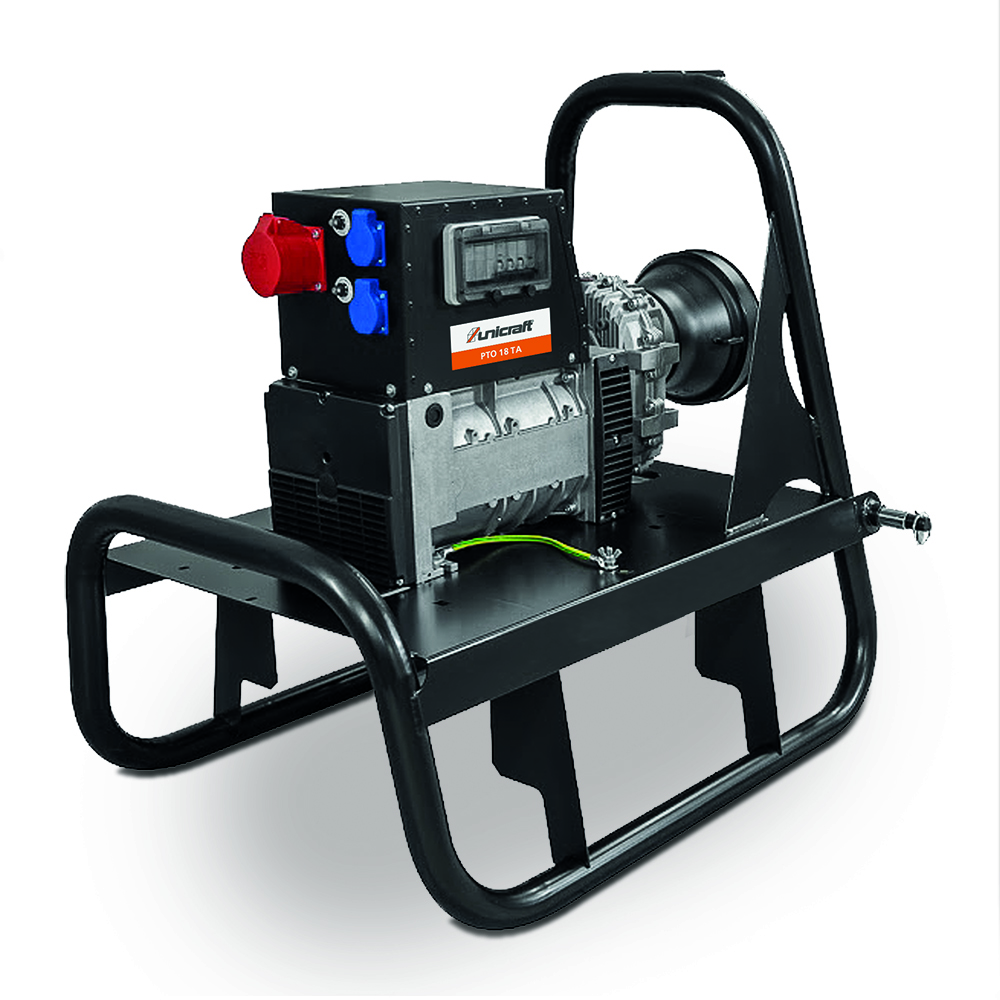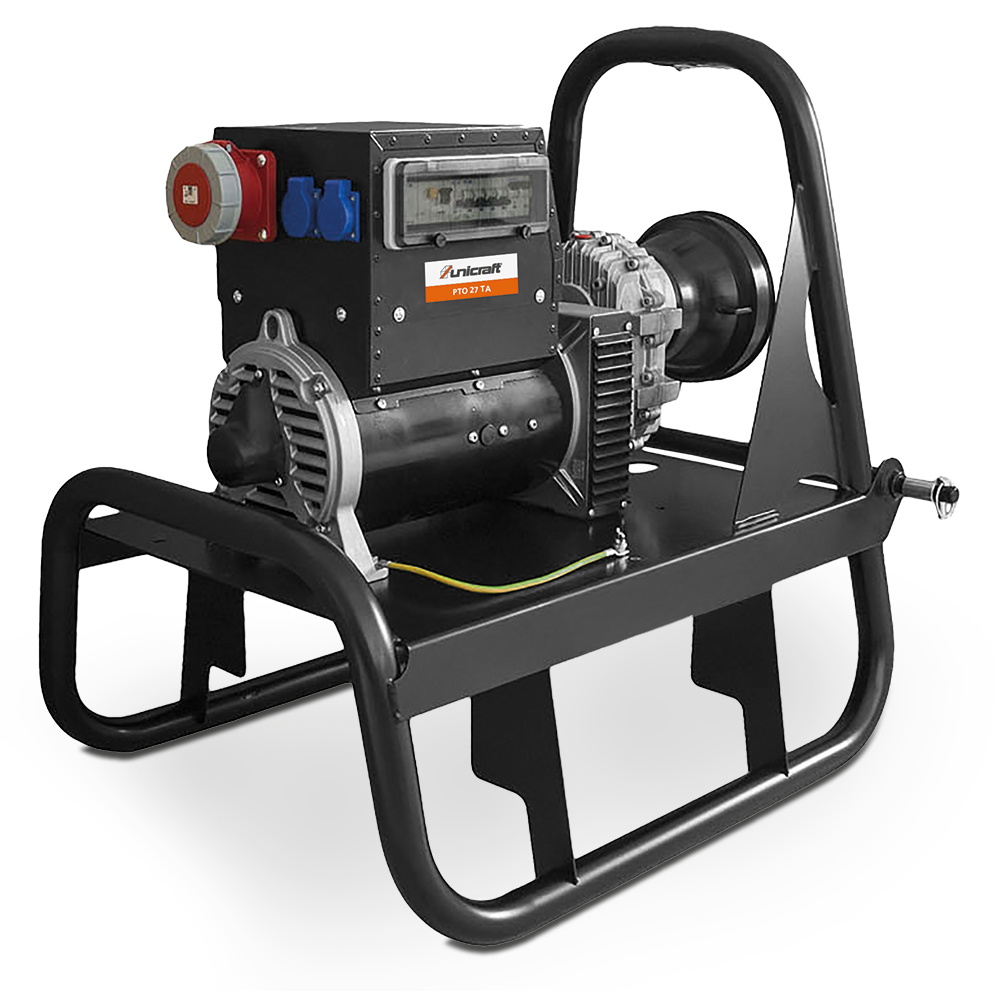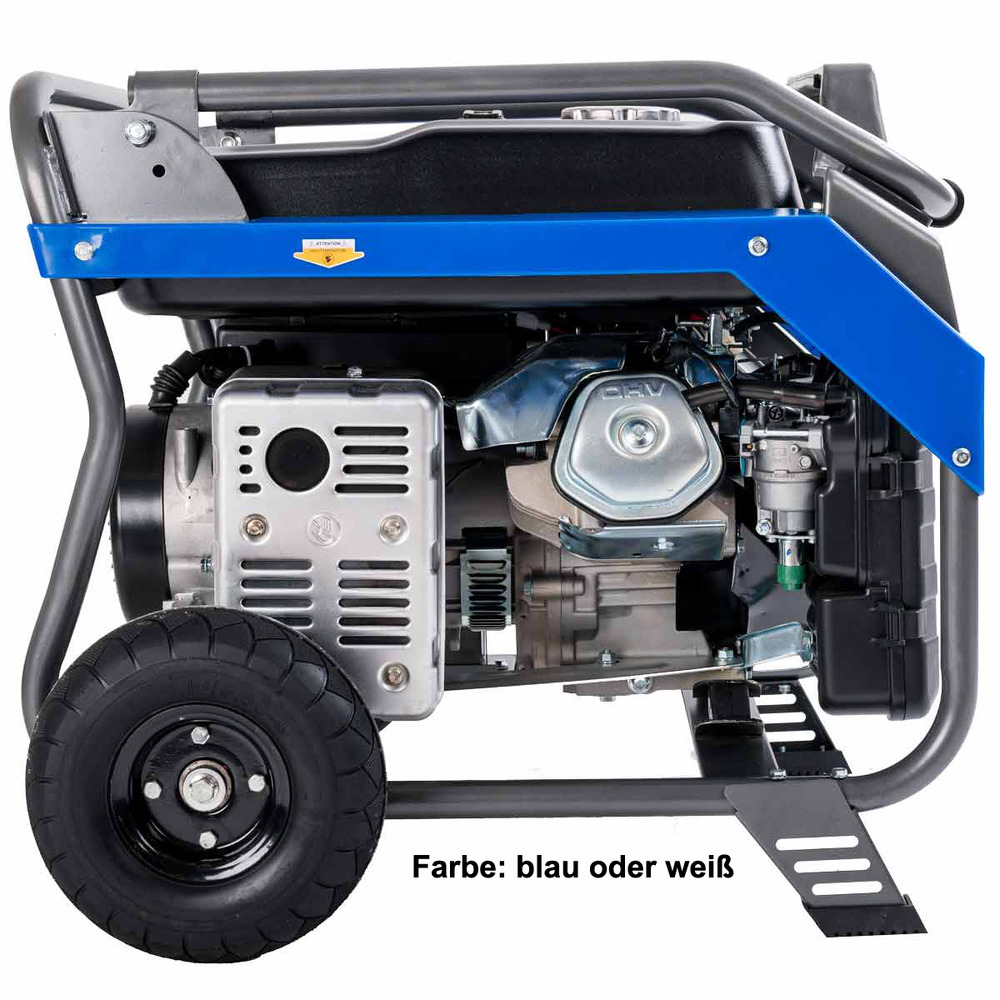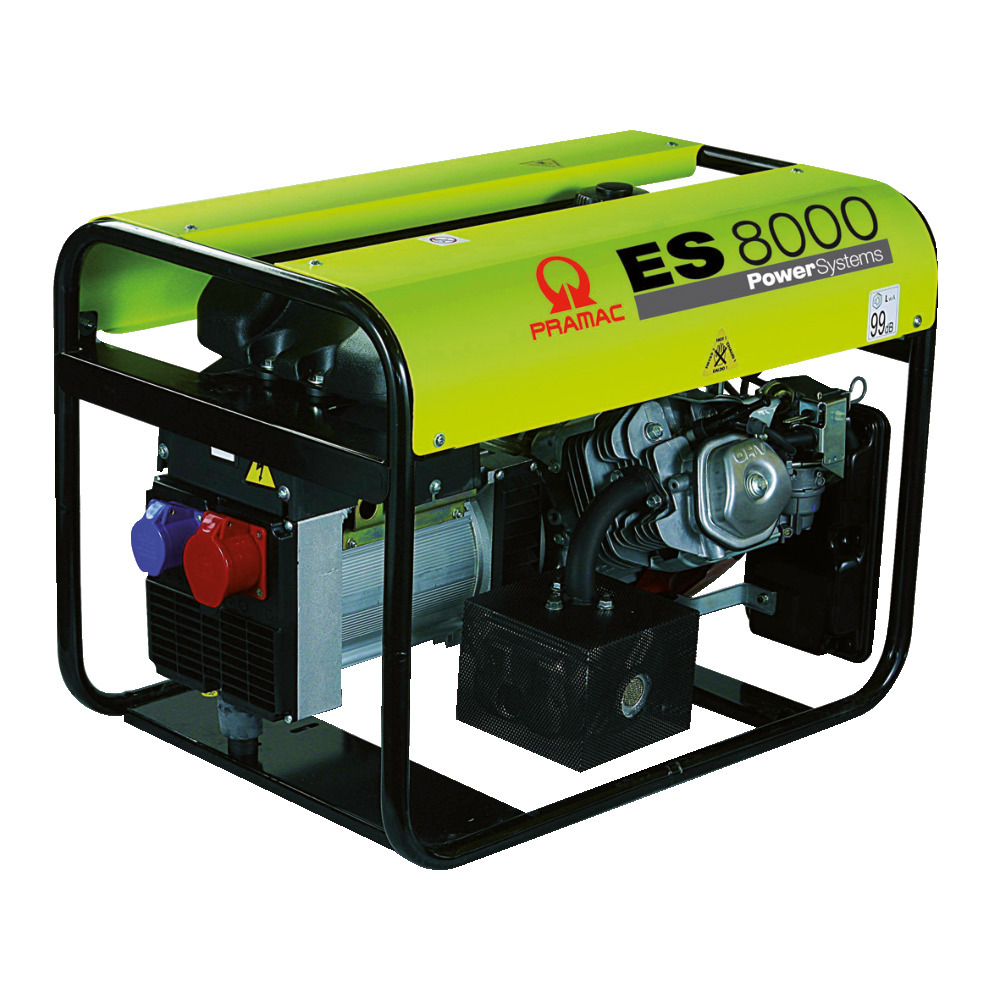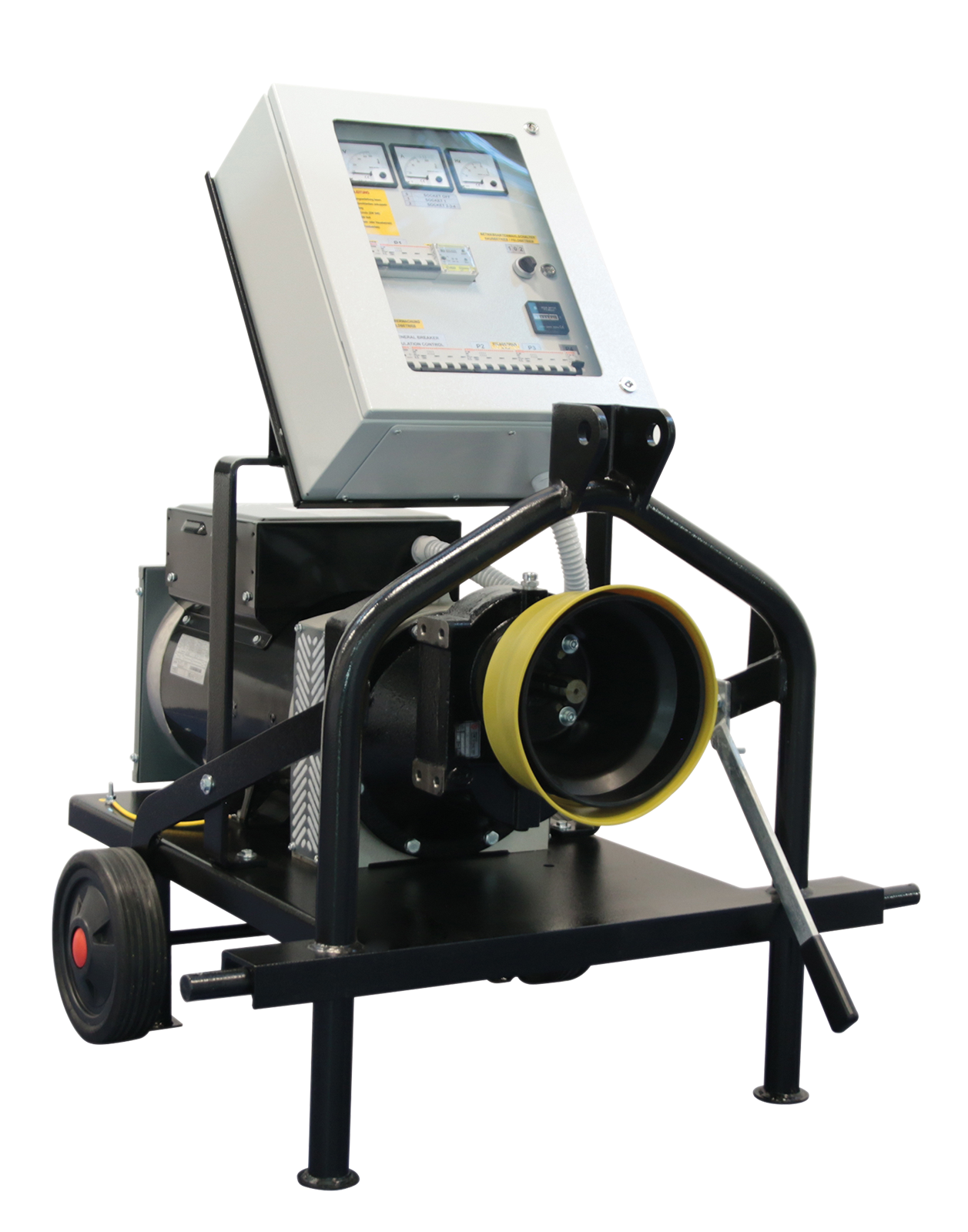17/01/2024
PTO and emergency power generators
Secure energy whenever you need it and other companies aren't able to provide it!
When the power supply to a farm fails, it always causes inconveniences that may not even be apparent at first glance. Whether it's the cooling system, the milking machine, or even the lighting and water supply, which also suffer from an outage, it's easy to realize how dependent we all are on the convenience of a continuous power supply.
But this can be quickly and easily remedied with the help of a power generator! There are now countless providers on the market offering generators. But what do you need to pay attention to? Which device is exactly right for my needs?
Basically, generators can be divided into two large areas, which are also subdivided:
PTO generators
Naturally, this is the most popular option in agriculture to be prepared in the event of an emergency. The power is generated by the tractor's existing PTO. The PTO's rotational speed feeds energy into the generator, converts it, and can then be distributed to various users as needed.
They enable rapid, flexible and efficient supply in emergencies, but are also suitable for covering short-term peaks in demand such as during construction work, new buildings, etc.
But here too, please note: PTO generators are used for both domestic and field operation, and the differences in their technical design are crucial. In so-called field operation, the load is supplied directly via a dedicated cable (extension cable). Protection is provided via a fuse or residual current device directly on the generator. The devices in this category available from us are called MT ZG-Kombi and NSG.
Devices suitable for domestic use are operated via an existing (house) wiring network with a fuse box. A mains disconnect switch must be installed by an (authorized) person.
The protection is provided by your fuse box, including residual current device (RCD). Suitable FAIE models are the ZG, ZG Kombi, and NSG series.
Required tractor power:
The tractor must be powerful enough to drive the generator to its maximum. The typical power ratio is 2:1. This means the tractor should have twice the kW output of the generator.
Example: If the generator has a power output of 22 kVA, the tractor should have at least 44 kW (approximately 60 hp).
Needs assessment:
The maximum power (kVA) is the power a generator can provide at maximum capacity. To calculate the required generator power, add together the power of all power consumers (specified in kW on the respective nameplate) that must be supplied in the event of a power outage.
The required generator power is then determined by dividing this sum by 0.8 (cos phi).
Example of emergency supply for a stable:
- Milking machine 3.0 kW
- Cooling 2.5 kW
- Lighting 1.2 KW
- Water supply 9.5 kW
- = Total: 16.2 KW
- / 0.8 = 20.25 kVA (apparent power of the generator)
Conclusion:
This would require a PTO generator with an apparent power of at least 22 kVA. However, sufficient backup power (e.g., milking parlor, automatic washing machine, etc.) should always be planned.
Fuel generators
The more familiar devices on the market are fuel generators. These units are now available in a wide range of sizes for a broad spectrum of applications. Fuel generators should have an electronic AVR control (for sensitive devices, such as computers) or a synchronous function to ensure a consistent power supply.
A distinction is made between:
Diesel generators:
As the name suggests, these units are powered by diesel. The advantage is lower noise levels, increased efficiency, and thus, greater economy. However, the relatively higher production and, subsequently, sales costs are higher. Diesel is recommended, especially for frequent use.
Gasoline generators:
With its high power and torque, it's now the most commonly used type of generator. The advantage is clearly the price. The disadvantages are the relatively high noise level during operation and the higher fuel consumption.
You can find all products on this topic here: Emergency power and PTO generators!

